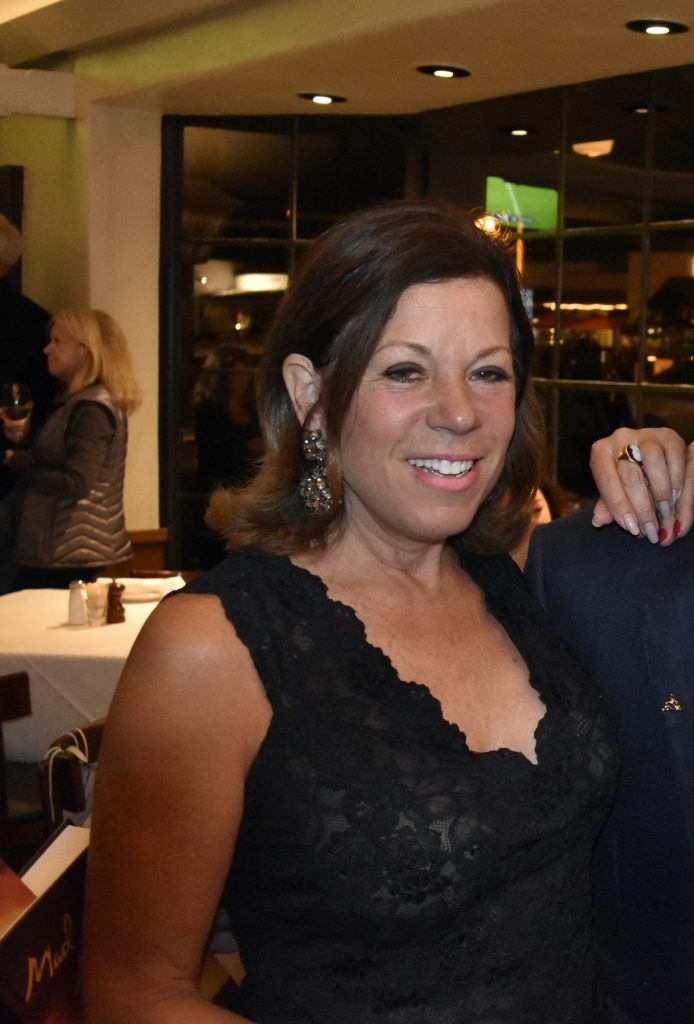A New Lieff, for Now
Mud from the recent slides is not only killing people and destroying homes, it is also devastating trees in the community.

To that end, animal activist Gretchen Lieff has founded Montecito Now, which is dedicated to the restoration, health and preservation of trees in our rarefied enclave, especially two native species, the coastal live oak and the white bark sycamore.
“The layers of mud, some up to seven feet deep, have blanketed entire areas and is a very serious and mortal threat to important trees,” says Gretchen. “The community forest is a fundamental anchor of our local ecosystem, and we need help spreading the word and educating the public on the issue.”
The deep mud can literally suffocate tree roots and kills trees as they “breathe” through their root systems, while mud and moisture above the root crown can lead to a fungal invasion under the tree’s bark.
“It is not only the potential loss to the community ecosystem, but dead or dying trees increase the risk of wildfire spreading in the future,” adds Gretchen, whose organization is working with the Bucket Brigade, Montecito Association, Santa Barbara Beautiful, Lotusland, and the SB Association of Realtors to save the historic trees from imminent demise.
More than 400 properties are affected with vital areas impacted including Riven Rock, Glen Oaks Drive, Ashley Road, Parra Grande Lane, Meadow Wood Lane, and Randall Road.
Lotusland head honcho Gwen Stauffer says that two months of a few feet of mud on top of tree roots is “way too long” and, at this point, the removal may be too late to save some of them.
“If there is any hope, action must be taken immediately and the mud removed from under each tree to the original soil level and as far out as the tree’s drip line. This appears to be, and most certainly is. an overwhelming task, especially considering there are so many trees and no place to take the mud, and, most understandably, the community is focused on human urgencies first.”
Gwen says there should be a plan to determine which trees homeowners or the community should attempt to save first.
“The trees that have the least amount of mud under them and appear to be the least impacted, do not have damaged trunks, and appear to have a full and uncompromised canopy, are the trees to start with. Trees with the most remaining leaves should also make the top list.”
In the good news, Gwen adds that native oaks and sycamores are resilient and fast-growing at a young age.
“If we can’t save them, we can readily plant many more young trees, and in ten or twenty years these will be majestic trees creating a new canopy for another century of Montecito’s community.”





